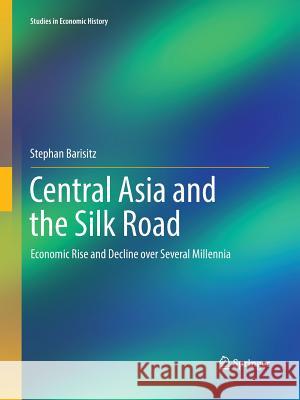Central Asia and the Silk Road: Economic Rise and Decline Over Several Millennia » książka
topmenu
Central Asia and the Silk Road: Economic Rise and Decline Over Several Millennia
ISBN-13: 9783319845944 / Angielski / Miękka / 2018 / 287 str.
Central Asia and the Silk Road: Economic Rise and Decline Over Several Millennia
ISBN-13: 9783319845944 / Angielski / Miękka / 2018 / 287 str.
cena 645,58
(netto: 614,84 VAT: 5%)
Najniższa cena z 30 dni: 616,85
(netto: 614,84 VAT: 5%)
Najniższa cena z 30 dni: 616,85
Termin realizacji zamówienia:
ok. 22 dni roboczych
Bez gwarancji dostawy przed świętami
ok. 22 dni roboczych
Bez gwarancji dostawy przed świętami
Darmowa dostawa!
Kategorie:
Kategorie BISAC:
Wydawca:
Springer
Seria wydawnicza:
Język:
Angielski
ISBN-13:
9783319845944
Rok wydania:
2018
Wydanie:
Softcover Repri
Ilość stron:
287
Waga:
0.68 kg
Wymiary:
27.94 x 20.96 x 1.63
Oprawa:
Miękka
Wolumenów:
01
Dodatkowe informacje:
Wydanie ilustrowane











